Why Documenting Your Drawing Process Matters
When you sketch the first rough thumbnail of an idea, it can feel small and inconsequential—an awkward scribble on the edge of a page. But for AP Drawing students, those first marks are the seed of a sustained investigation. Documenting the journey from thumbnail to final work is how you show growth, experimentation, and artistic thinking—qualities AP readers look for in the Sustained Investigation portion of the portfolio. In short: the process tells the story the final piece alone cannot.
For AP Drawing specifically, your portfolio is more than finished pieces; it’s a record of practice, revision, and intention: the AP Digital Portfolio expects sustained investigation images and written evidence alongside selected works. Being intentional and consistent about documenting your process transforms messy learning into persuasive evidence of growth. ([apcentral.collegeboard.org]( The Path from Thumbnail to Final
The drawing process can be thought of in distinct—but overlapping—phases. Each phase deserves documentation so you can demonstrate inquiry, experimentation, and revision to a viewer (or an AP reader).
- Inspiration and Research: collecting references, sketches, and visual notes.
- Thumbnails and Composition Studies: quick small-value studies to test ideas.
- Developed Sketches and Mockups: larger studies refining scale, value, and materials.
- Process Experiments: tests of media, mark-making, color, and surface.
- Work-in-Progress (WIP) Documentation: photos or scans showing stages of build-up and revision.
- Final Work and Commentary: the finished drawing paired with a concise written reflection and materials/process notes.
How This Fits the AP Requirements
The AP Drawing portfolio consists of two sections: Sustained Investigation (60% of score) and Selected Works (40% of score). Sustained Investigation requires up to 15 images, including process documentation and typed written evidence. Selected Works asks for five images of final works that best demonstrate your synthesis of materials and ideas. To make sure the work you document actually aligns with those sections, record thumbnails, experiments, and WIPs that genuinely track how ideas evolved into the final pieces. ([apcentral.collegeboard.org]( Idea : A flat-lay photo showing a progression from tiny thumbnail sketches on the left, mid-sized value studies in the middle, and a photographed final drawing on the right—soft natural light, pencils and erasers scattered for context. This image would sit near the top of the article to immediately show process flow.
Practical Steps to Document Each Phase
1. Capture Inspiration Consciously
Start with a simple habit: whenever you collect a reference, write one sentence about why it interests you. Is it the curve of a hand, the tension between light and shadow, the rhythm of a city street? These notes are the seeds of your inquiry statement later on. Keep a research folder (digital or physical) where you store reference photos, magazine clippings, and short observations.
2. Make Thumbnail Studies Fast and Numerous
Thumbnails are low-stakes experiments. Make many. Aim for 10–30 thumbnails for any idea you want to pursue. The goal is to explore composition, focal points, and value hierarchy rapidly. Use a 2- or 3-value system first (light, middle, dark) to see if the composition reads well at a glance.
- Size: thumbnails can be the size of a postage stamp to a 2×3 inch rectangle.
- Time: keep each under two minutes—this prevents overworking and forces clarity.
- Variation: change viewpoint, cropping, or scale across thumbnails to test visual drama.
3. Choose and Expand: From Thumbnail to Study
Pick the strongest thumbnails and make larger tonal or compositional studies. This is where materials start to matter—does charcoal communicate the mood better than graphite? Is a wash or a scraped texture working to highlight your idea? Record each experiment as an image and a short note about what worked or didn’t.
4. Experiment with Materials and Mark-Making
Testing is evidence. Try three quick experiments: one focusing on line quality, one on surface texture, and one on how a particular paper responds. Photograph or scan these experiments. Small test pieces often become part of your Sustained Investigation images because they show deliberate experimentation with process and materials—something AP readers value highly. ([apstudents.collegeboard.org]( Photograph Work-in-Progress (WIP) Thoughtfully
Document several WIP stages—early build-up, mid-stage revisions, near-final adjustments. Use consistent lighting (diffused natural light is best) and include a brief caption for each image describing what you were testing or changing. For the AP Digital Portfolio, images should be clear and descriptive because they’re the primary evidence reviewers will see. ([apstudents.collegeboard.org]( Your Documentation for the AP Digital Portfolio
Good documentation is organized documentation. The AP Digital Portfolio accepts images and written evidence grouped under Sustained Investigation and Selected Works. Here’s a simple table you can use as a template for organizing content before you upload.
| Portfolio Component | Type of Image | Suggested Number | Notes |
|---|---|---|---|
| Sustained Investigation – Images | Thumbnails, Tests, WIPs, Detail Shots | Up to 15 total | Include process images that show experimentation and revision. |
| Sustained Investigation – Written Evidence | Typed Responses | 2 required prompts | Clearly connect your process images to your inquiry and revisions. |
| Selected Works | Final Works | 5 images | Choose works that best demonstrate synthesis of materials, processes, and ideas. |
Tips for Naming and Captioning Files
- Use a consistent naming convention: Course_StudentName_WorkType_Number (for example: APD_Riley_Sketch_01).
- Keep captions short but specific: “Charcoal value study testing reflected light—revised composition to push rhythm to left.”
- Always include materials and process notes for final images: paper type, media, any unusual steps, and what you were trying to solve.
Writing the Sustained Investigation: Words That Show Thinking
Images carry a lot of weight, but the AP portfolio also requires written evidence that ties your images into a coherent investigation. The written part is not an essay; it’s a focused reflection on what you explored, how you experimented, and how you revised. Think of it as captions on steroids—concise, specific, and reflective.
Prompts to Help You Write Strong Evidence
- What question or concern guided this investigation? (Example: “How can I render tactile fabric using only graphite marks?”)
- What did you try that failed or forced a revision? (Example: “Initial composition felt static; I introduced negative space to increase movement.”)
- Which experiment most influenced the final work, and why? (Example: “A scraping technique created a texture that informed the final surface treatment.”)
Linking Images to Ideas
When you reference an image in your written evidence, be explicit: name the image (or number it), describe the experiment, state the outcome, and explain how that outcome shaped the next step. Reviewers looking at your portfolio want a clear narrative of inquiry—what you asked, how you tested, what you learned, and how you revised.
Examples and Real-World Context
Let’s walk through a short example to make this concrete. Imagine you’re exploring the idea of “urban solitude” through drawing:
- Inspiration: A photo of a lone figure under neon light. Short note: “contrasting warmth of neon vs. cool night air; isolation in crowds.”
- Thumbnails: 20 small studies testing cropped viewpoints, silhouette vs. detail, and low-angle vs. bird’s-eye.
- Value Studies: Three 8″x10″ charcoal studies testing stark light contrast; one experiment shows a stronger focal pull by simplifying background detail.
- Material Test: Experimented with white conte on tinted paper to see if highlights read as neon glow—retained as part of investigation images.
- WIP Photos: Documented initial blocked-in composition, mid-stage texture build-up, and final layered highlights.
- Final Work: 18″x24″ mixed media drawing; included a short caption describing materials and the resolved compositional decision to crop tightly around the figure to increase intimacy.
That sequence demonstrates inquiry, iterative testing, and synthesis—the elements AP readers are trained to identify. Including those specific process images and clear captions makes the investigator’s path obvious and compelling. ([apcentral.collegeboard.org]( and Image Quality: Make Your Work Readable
Clear, well-lit, and correctly cropped images matter. A blurry photo of a fantastic drawing is a missed opportunity. Use neutral lighting (daylight is ideal), avoid harsh directional shadows, and photograph works flat-on. For textured or relief work, include a detail shot to show surface quality. When photographing WIPs, take images from the same distance and angle to show true progression.
Common Pitfalls and How to Avoid Them
- Inconsistent documentation: Pick a system (naming, captions, lighting) and stick to it—consistency helps your narrative flow.
- Over-documenting minor changes: Show the meaningful steps—moments when composition, process, or materials change the work.
- Under-explaining experiments: A photo without a short note loses its value; always pair important images with a sentence that explains intent or outcome.
- Relying on finished pieces alone: The AP portfolio rewards evidence of practice and revision. Make sure your Sustained Investigation is robust with process images.
How to Use Sketchbooks Strategically
Sketchbooks are both playground and evidence file. Don’t just doodle—treat a portion of your sketchbook as process documentation. Reserve a page for thumbnails, another for experiments, and another for written notes about revisions. When the time comes to select images for your Sustained Investigation, scanning or photographing whole pages that show sequence can be very powerful.
Preparing for Digital Submission
AP portfolios are submitted through the AP Digital Portfolio. Familiarize yourself early with the submission process so technical issues don’t cost you time at the end of the semester. Your teacher or AP coordinator will likely set an earlier internal deadline, and you must submit all components to the AP Digital Portfolio by the AP Program deadline in May. Plan your documentation calendar backwards from that date to avoid last-minute scrambling. ([apstudents.collegeboard.org]( Before Uploading
- Do you have 15 images (Sustained Investigation) that show inquiry, experiments, and WIPs?
- Have you prepared typed responses for the required written evidence prompts?
- Are there five Selected Works that best demonstrate synthesis of materials and ideas?
- Are images clear, well-lit, properly cropped, and consistently labeled?
- Have you reviewed teacher and AP coordinator deadlines and the AP Digital Portfolio requirements?
Using Tutoring and Guided Support Effectively
Documenting your process doesn’t mean you have to do it alone. Personalized support—like Sparkl’s 1-on-1 guidance—can help you structure your investigations, create tailored study plans, and get targeted feedback on which thumbnails or experiments are truly portfolio-worthy. Expert tutors can also help you craft clearer written evidence and improve how you photograph and present images, while AI-driven insights may suggest organization strategies and remind you of submission timelines. Use that assistance to sharpen your inquiry and clarify your artistic decisions—never to replace your original work or ideas.
Putting It All Together: A Sample Timeline
Here’s a realistic semester timeline for an AP Drawing sustained investigation, assuming a May portfolio deadline:
| Month | Focus | Deliverables |
|---|---|---|
| January | Research and initial thumbnails | Research folder, 20+ thumbnails, 3 short written prompts |
| February | Expanded studies and material experiments | 3–5 tonal studies, 5 material tests, documented notes |
| March | Developed sketches, mid-size studies, begin WIP documentation | 5 WIP photos per major piece, updated inquiry notes |
| April | Finalize works, photograph finals, draft written evidence | 5 final works photographed, draft written evidence for two prompts |
| Early May | Review, refine captions, prepare upload | Finalize image selection, finalize written evidence, upload practice run |
| AP Submission Deadline (May) | Submit all components as final in AP Digital Portfolio | All components submitted by teacher or coordinator deadline and AP Program deadline |
Final Thoughts: Tell the Story You Lived
Your AP Drawing portfolio is a story—one of curiosity, persistence, and creative problem solving. Thumbnails are the opening paragraphs. Material tests and WIPs are the scenes where you struggle, revise, and learn. The final work is the conclusion, but it becomes far more meaningful when the reader has seen the scenes that led to it.
Document honestly. Include the false starts and failed experiments alongside the successes. Those “failures” are evidence of risk-taking and revision—two of the most compelling qualities in a Sustained Investigation. If you want structure, reach out for targeted guidance—Sparkl’s personalized tutoring can help you shape inquiries, devise tailored study plans, and polish both images and written responses so your portfolio tells the clearest possible story about your growth.
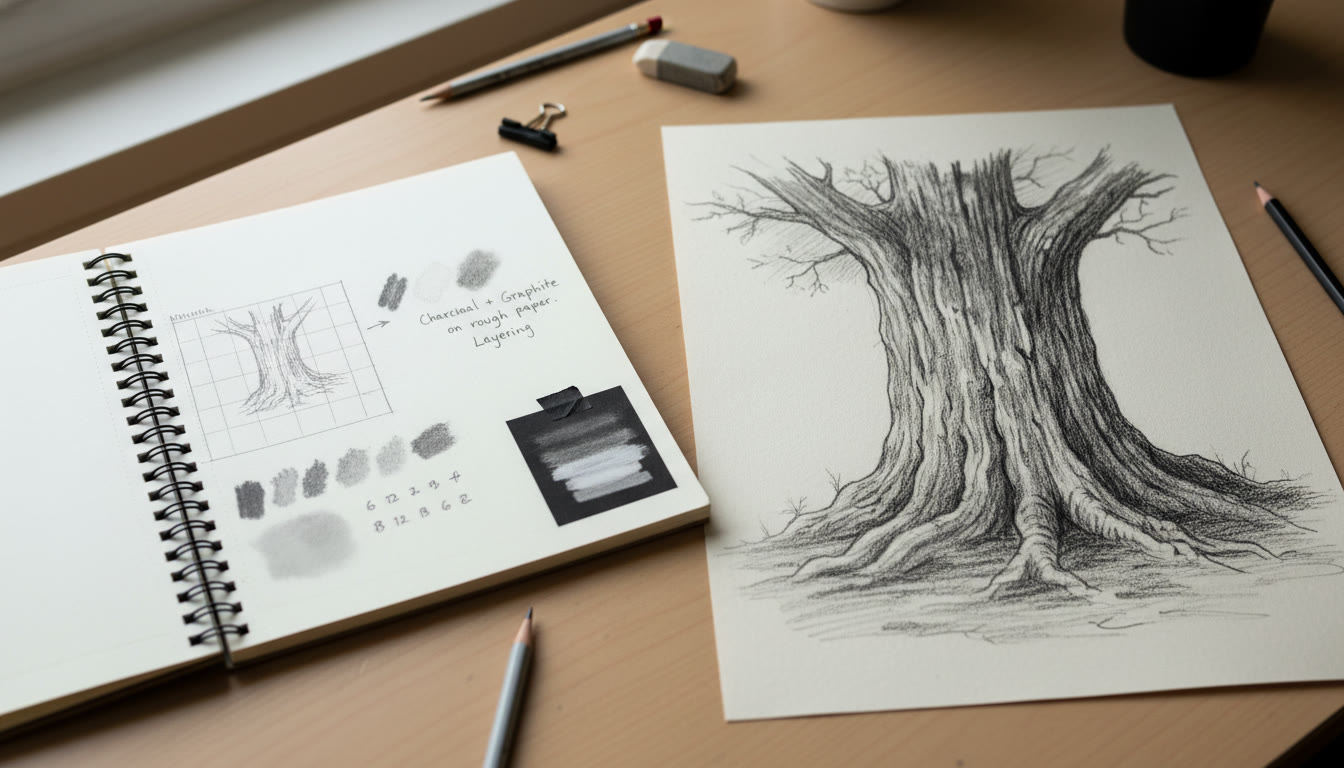
Quick Toolkit: Resources and Habits to Keep
- Set a weekly “process hour”—a dedicated 60-minute block to thumbnail, test, or photograph WIPs.
- Keep a simple naming convention and an index spreadsheet for all images and captions.
- Back up images in two places: a cloud folder and a physical drive.
- Schedule regular check-ins with your teacher or a tutor to get early feedback on which experiments are portfolio-worthy.
One Last Pep Talk
Documenting your process is an act of generosity to your future self and to the viewer who’ll read your work. It lets others see how you think, how you take risks, and how you grow. That narrative—honest, curious, and well-documented—will make your AP Drawing portfolio not just an assessment artifact, but a vivid portrait of your development as an artist.
Go make some tiny thumbnails. Keep them. Photograph your tests. Write one honest sentence about why you tried something. Over time, those small, consistent actions add up to a portfolio that proves you didn’t just create artworks—you investigated, revised, and learned.
Good luck—and don’t forget to celebrate the discoveries along the way.


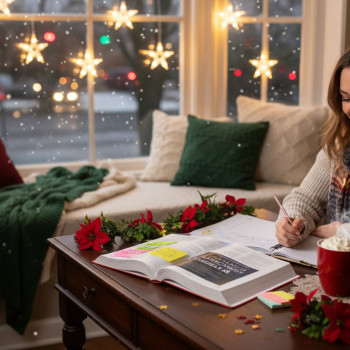
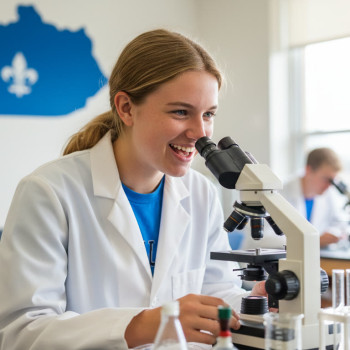


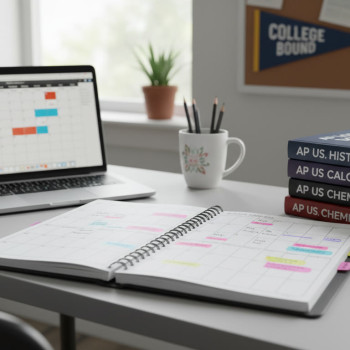

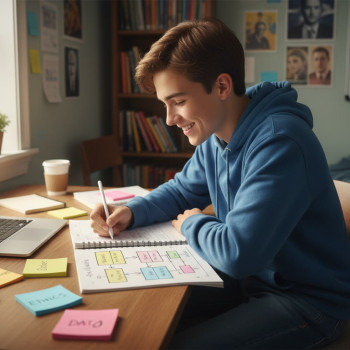













No Comments
Leave a comment Cancel